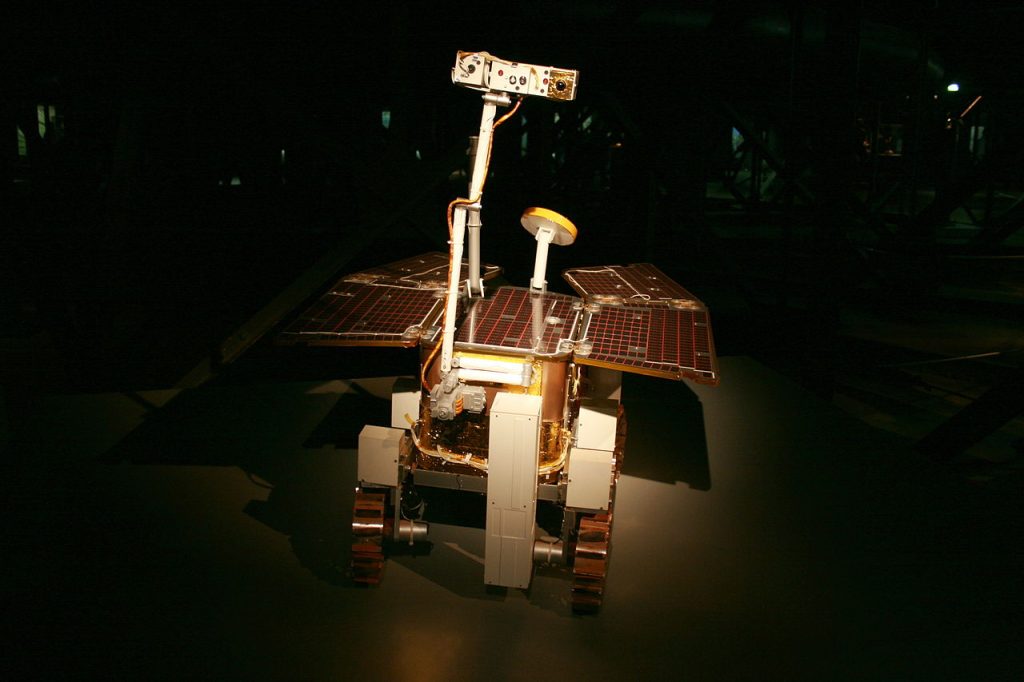
Astronomers have refined the trajectory of Comet 3I/ATLAS tenfold-a leap in precision enabled by an unlikely vantage point: Mars. ESA’s ExoMars Trace Gas Orbiter, orbiting the Red Planet, imaged the comet between 1 and 7 October 2025, when it passed within 29 million kilometers of Mars. The angle, combined with Earth-based observations, enabled scientists to triangulate its position with unparalleled precision.
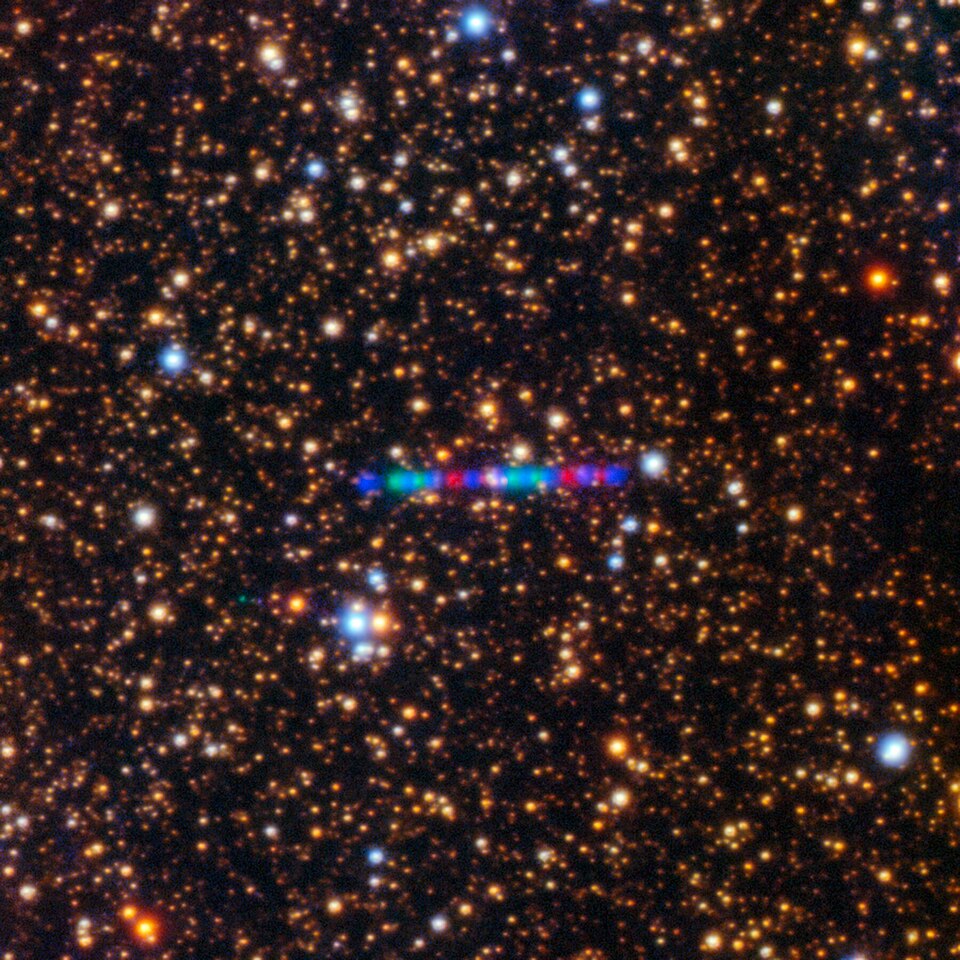
Cruising up to 250,000 km/h, 3I/ATLAS will leave the Solar System forever after closest approach to Earth on 19 December. This is the first time astrometric measurements from a spacecraft orbiting another planet have become accepted into the Minor Planet Center database, marking a new milestone in planetary defense techniques.

1. High-Resolution Imaging and Composition Analysis
NASA’s Mars Reconnaissance Orbiter, equipped with the HiRISE camera, also conducted high-resolution imaging when the comet flew by in October. HiRISE was designed to investigate Martian terrain in unprecedented resolution and managed to capture images of this faint, fast-moving comet, acquiring data that will outperform Hubble’s July imagery. HiRISE acquired pictures of the comet while JWST and SPHEREx performed spectral studies, unveiling an astonishing CO₂/H₂O ratio of 7.6 ± 0.3, placing 3I/ATLAS well above Solar System comets norms. Supporting laboratory data indicate billion-year GCR processing that converted CO into CO₂ and developed an organic-rich crust some 15 to 20 meters deep. This irradiation layer can mask pristine material and make restoration of the comet’s true native environment difficult.
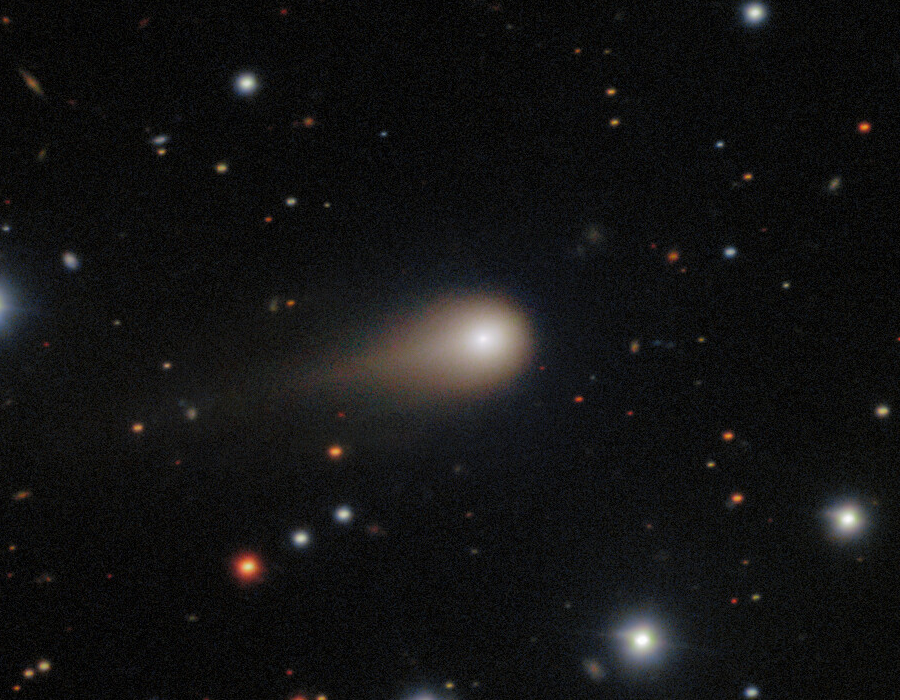
2. Implications for Planetary Defense
Though 3I/ATLAS posed no threat, its tracking served as a rehearsal for planetary defense. ESA’s Near-Earth Object Coordination Centre demonstrated how spacecraft beyond Earth orbit can augment ground-based observations-a capability critical for the detection of hazardous objects emerging from solar blind spots. Missions like Neomir, which will position between the Sun and Earth, could offer a minimum three weeks’ warning for incoming threats arriving from the direction of the Sun. The Mars-based tracking of the comet also tested techniques for dealing with non-gravitational forces-like asymmetric outgassing-that can make trajectories impossible to predict.

3. Origins and Age of 3I/ATLAS
3I/ATLAS, first detected on July 1, 2025 by the ATLAS observatory, is the third confirmed interstellar object after 1I/ʻOumuamua and 2I/Borisov. Its likely birthplace lies in the thick or thin disk of the Milky Way and could be over 7 billion years old-more than 3 billion years older than the Sun. And its 11-kilometre-wide nucleus and unusual anti-tail have fueled some speculation, but according to NASA’s Tom Statler, “It looks like a comet. It does comet things… the evidence is overwhelmingly pointing to this object being a natural body.”

4. Rethinking the Anatomy of the Neanderthal Nose
This digital endoscopic study of the Altamura Man skull, that has been completely encased in calcite since its discovery in 1993, overturns the long-standing theory that Neanderthals had large noses for adapting to cold climates. The team reconstructed the delicate ethmoid, vomer, and inferior nasal conchae bones and found no unique cold-adaptive traits compared with modern humans. In the words of Todd Rae, “two of the three previously proposed unique features of the Neanderthal nasal cavity do not appear to be present in this specimen,” which suggests that intraspecies variability was present. The findings point toward multiple evolutionary pressures on Neanderthal facial morphology, not one single climatic driver.

5. Engineering Challenges in Space Debris Incidents
The three Chinese astronauts on the Tiangong station include Zhang Lu, Wu Fei, and Zhang Hongzhang, who remain stranded after their return capsule, the Shenzhou-21, was used to bring back the Shenzhou-20 crew back home. The Shenzhou-20 capsule was declared unfit after some of its windows had developed cracks, reportedly due to space debris impacts. These were analyzed for safety by the China Manned Space Engineering Office through photographic inspection, design review, simulation, and wind tunnel tests, and the damage failed to meet the criteria for safe return with a crew. The incident brings out the problematic issue of spacecraft vulnerability to debris traveling at orbital velocities over 7 km/s and the need for adequate shielding and contingency planning.
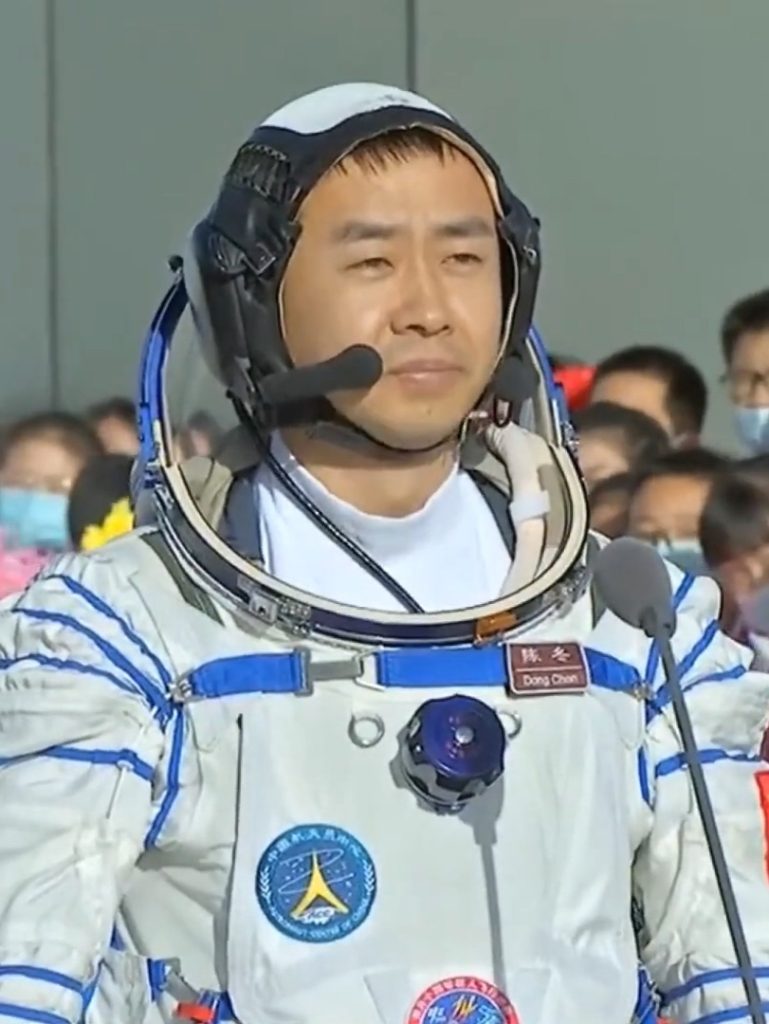
6. Operation and Safety Procedures
Delaying the return of the Shenzhou-20 crew made them the first group of Chinese astronauts to have spent more than 200 consecutive days in space. Commander Chen Dong also conducted six extravehicular activities, a national record. While Tiangong now continues with operations uninterrupted, the Shenzhou-21 crew waits for its replacement return vehicle, likely to be Shenzhou-22 launched uncrewed. The episode is somewhat similar to those faced by NASA’s ISS missions, where the impacts of meteoroids and debris have damaged equipment like Canadarm2, necessitating continuous orbital adjustments to avoid collisions.
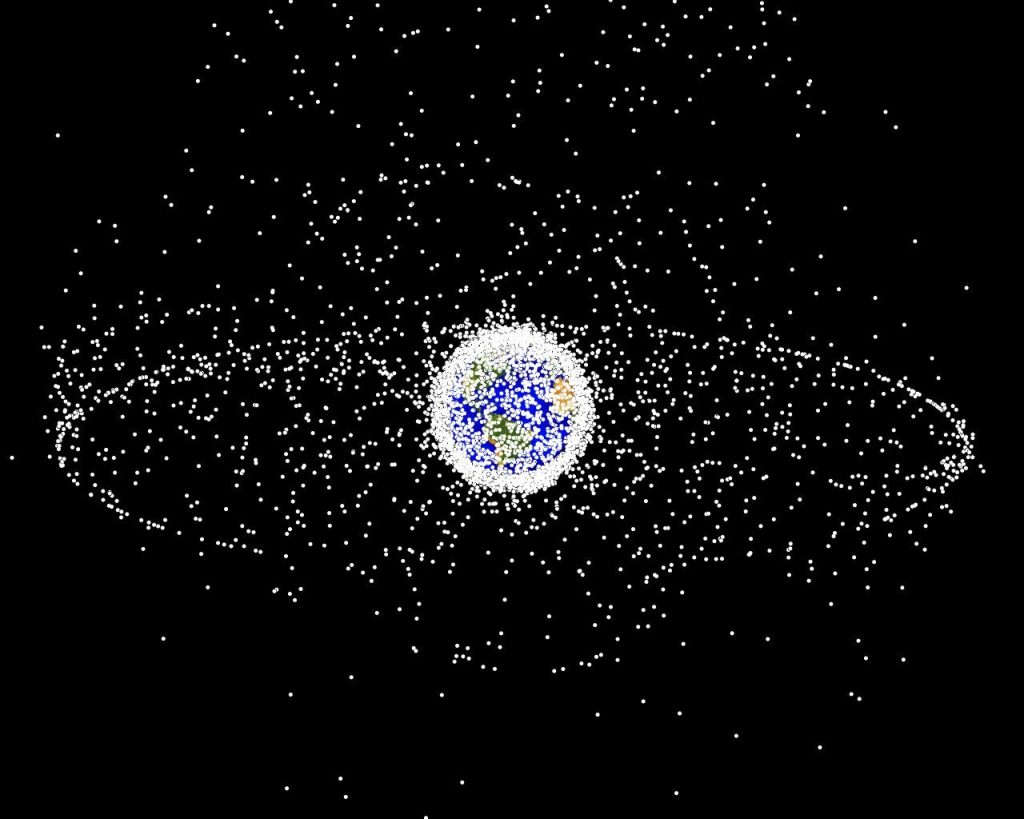
7. Larger Spaceflight Risks
Incidents of space debris are on the increase with the proliferation of satellites and spacecraft. Theoretical models predict a “Kessler Syndrome,” hinting at a cascade of collisions which would render low Earth orbit unusable. The case of Tiangong reinforces the need for international debris mitigation standards, advanced tracking systems, and engineering solutions like Whipple shields and maneuverable spacecraft that safeguard human missions.
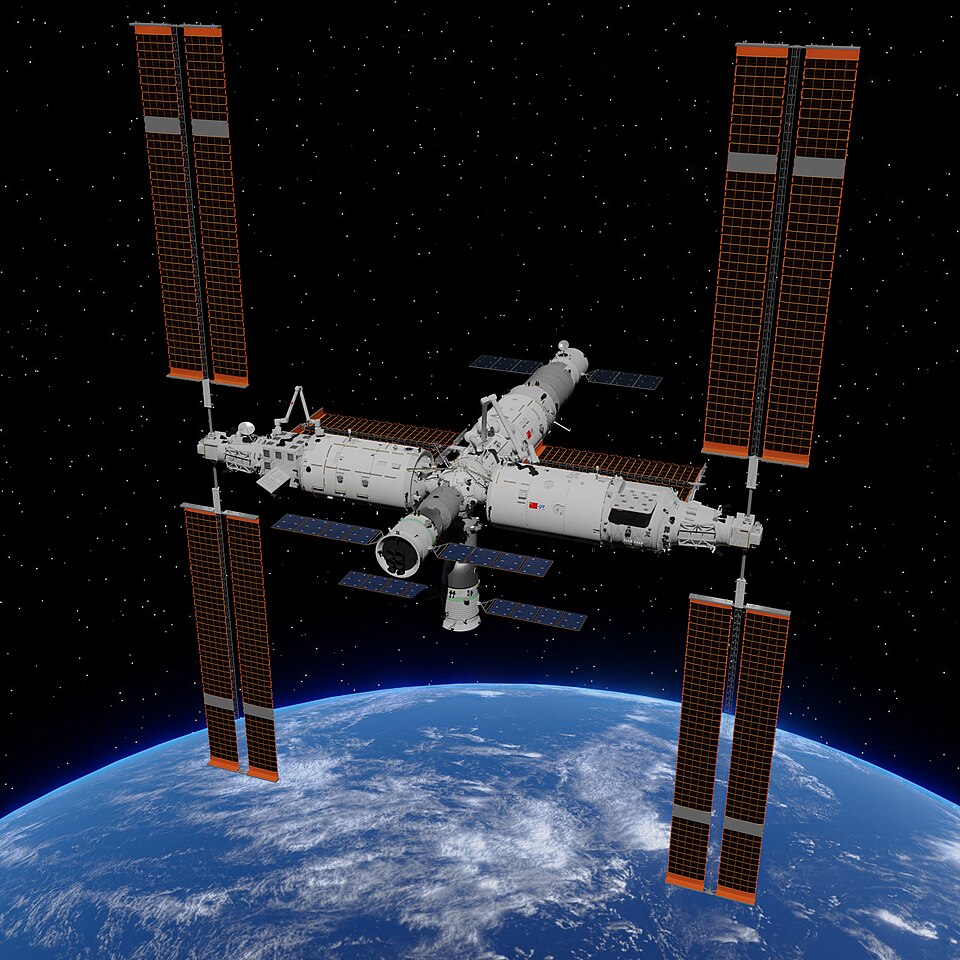
From the tracking of interstellar comets to the revelation of archaeological findings, from space safety engineering-all these converging stories show how scientific discovery and technological robustness are being combined to explore our world and beyond.


